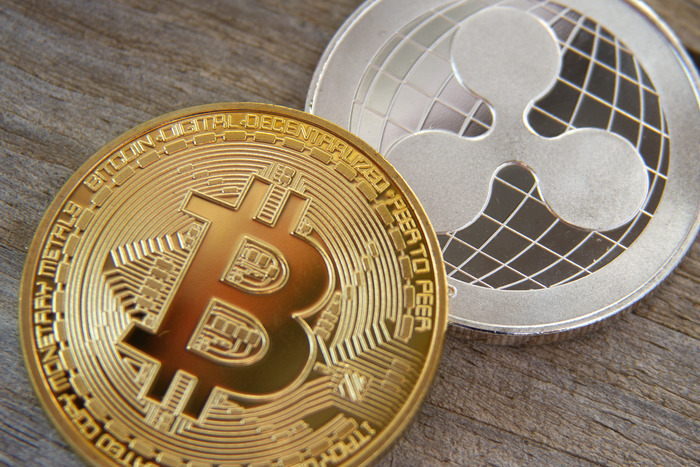When it comes to digital currencies, Bitcoin undoubtedly steals the spotlight, being the pioneer and most well-known cryptocurrency worldwide. However, Ripple, with its unique approach, has carved out its niche, especially among financial institutions.
For those interested in exploring the various digital currency platforms that leverage Ripple, this list provides an insightful start. In this article, we undertake a comparative analysis, highlighting the technological foundations, market dynamics, and the potential for future growth of these two digital currency giants.
From a technological standpoint, Bitcoin operates on a decentralized blockchain that demands energy-intensive proof of work to maintain its network.
Ripple, on the other hand, utilizes a consensus ledger that does not require mining, which makes it far less power-consuming and quicker in transaction processing. Ripple’s payment protocol, RippleNet, offers real-time cross-border payment services, which appeal to banks for its efficiency and low cost.
Market dynamics show that Bitcoin has a much larger market capitalization compared to Ripple. It has achieved unparalleled penetration among retail investors and continues to garner significant interest from institutional investors as a potential hedge against inflation.
Ripple’s XRP, in contrast, has gained popularity as a ‘bridge currency’ in financial transactions, which makes it particularly valuable within the banking sector.
The potential for future growth can be further gauged by regulatory landscapes and adoption roadmaps. Bitcoin’s decentralized nature poses a complex regulatory challenge, resulting in a spectrum of responses worldwide, from full embrace to outright bans.
Ripple, albeit more centralized, has faced its share of regulatory scrutiny, particularly with the U.S. Securities and Exchange Commission (SEC), which has implications for its use and acceptance.
Exploring the Tech Under the Hood
Bitcoin operates on a decentralized blockchain technology, emphasizing a proof-of-work mechanism to validate transactions. This system, while securing Bitcoin’s network, is notorious for its high energy consumption and relatively slow transaction times, posing questions about scalability.
On the flip side, Ripple employs a consensus protocol that significantly speeds up transaction verification without the substantial energy drain, offering a more scalable and environmentally friendly option. This inherent difference in technology sets the stage for how Ripple and Bitcoin each approach the challenge of scaling and efficiency.
Furthermore, the consensus algorithm used by Ripple, known as the XRP Ledger Consensus Protocol, allows for more centralized control compared to Bitcoin’s fully decentralized model. Although purists argue that this centralization may detract from the fundamental principles of cryptocurrencies, it provides Ripple with the advantage of quicker adaptability to compliance and regulatory requirements.
This agility could potentially translate into more seamless integration with existing financial infrastructures, potentially accelerating Ripple’s adoption and future growth.
Market Dynamics and User Adoption
Bitcoin has long been dubbed ‘digital gold,’ serving as a hedge against market volatility. Its market capitalization and widespread adoption among both individual and institutional investors underscore its dominant position. Ripple, however, offers a unique utility in facilitating real-time cross-border payments and currency exchanges.
Through strategic partnerships with banks and payment providers, Ripple aims to revolutionize international transactions, drawing attention to its potential for widespread adoption. Despite facing regulatory hurdles, Ripple’s focus on the finance sector may pave the way for significant growth.
Peering into the Crystal Ball
Forecasting the future in the rapidly evolving digital currency landscape is challenging. Bitcoin continues to face scalability issues and environmental concerns, raising questions about its long-term growth. However, factors like halving events and its status as a store of value could positively impact its market position. Ripple, despite its legal battles, focuses on innovation and expanding its global footprint in the financial sector.
Offering solutions to real-world problems, Ripple’s growth may accelerate as it overcomes regulatory challenges, making it a compelling contender in the digital currency space. The potential for future growth of both Ripple and Bitcoin remains promising, each driven by unique strengths and facing distinctive challenges.


